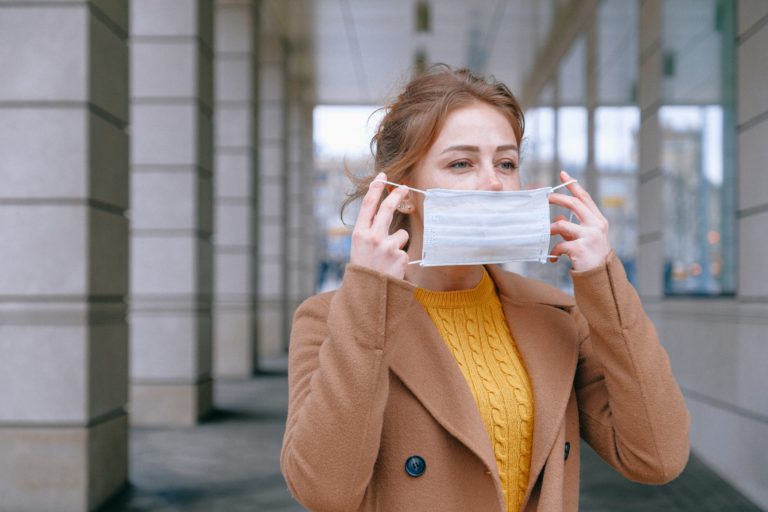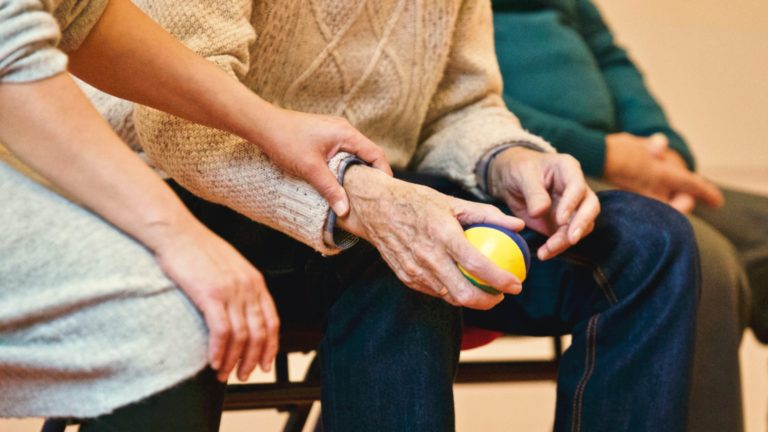
How to Avoid Medicaid Estate Recovery
Medicaid is a government program that helps seniors and others pay for long term care. However, it’s not always free, explains the article “What Is Medicaid Estate Recovery?” from AOL.com. The Medicaid Estate Recovery Program (MERP) is used by states to recover costs from estates with funds. The goal of Medicaid estate recovery is to make the program affordable for the government, but it can have a severe impact on the beneficiaries of Medicaid recipients. An estate planning elder law attorney should be contacted, if you believe you or a loved one may need Medicaid.
Seniors are eligible for Medicare when they turn 65. This program pays for many healthcare expenses, but not for long-term care in a nursing home. Medicaid is used when someone does not have long term care insurance or enough money to pay for long-term care out of pocket. Medicaid can also be used for long-term or nursing home care, if steps have been taken to protect assets. This usually includes strategies, like trusts and Medicaid Asset Protection Trusts (MAPT).
A federal law passed in 1993 (the Omnibus Budget Reconciliation Act) requires states to attempt to seek reimbursement from a Medicaid beneficiary’s estate after they have died. Some of the costs that the state will try to recover include:
- Nursing home costs
- Home and community-based services
- Medical services received through a hospital where the recipient is a long-term care patient
- Prescription drug services for long-term care recipient
The recovery program lets Medicaid pursue any eligible assets owned by the estate. While this depends upon where you live, any assets that are part of the probate estate could be attached, including:
- Bank accounts
- Your home or other real estate
- Vehicles or other real property
In addition, some states allow Medicaid to recover assets that are not subject to probate, including jointly held accounts, Payable-On-Death (POD) bank accounts, real estate owned in joint tenancy with right of survivorship, living trusts and any other assets that the Medicaid recipient had a legal interest in.
An estate planning elder care attorney in your state will know what types of assets your state tends to pursue and will help you understand what can and cannot be used for Medicaid benefit recovery.
Note that while Medicaid cannot take the primary residence while the recipient is still living, they can place a lien on the home. If the recipient passes away and a beneficiary inherits the home, they will not be able to sell the property until the lien has been satisfied.
For beneficiaries, Medicaid recovery means a smaller inheritance. However, that’s not the only thing to be mindful of. There are laws known as “filial responsibility laws” that allow healthcare providers to sue the children of long-term care recipients to recover nursing care costs. This is not commonly done as of this writing, but the costs of COVID may change this in the near future.
Strategic planning can help you or loved ones avoid the financial impact of Medicaid estate recovery. If you are eligible and can afford to buy a long-term care policy, that may help to cover most of the cost of care. Another option is to remove as many assets from the probate process as possible. An estate planning attorney will be able to help you create a plan to protect your assets.
Reference: AOL.com (February 5, 2021) “What Is Medicaid Estate Recovery?”


